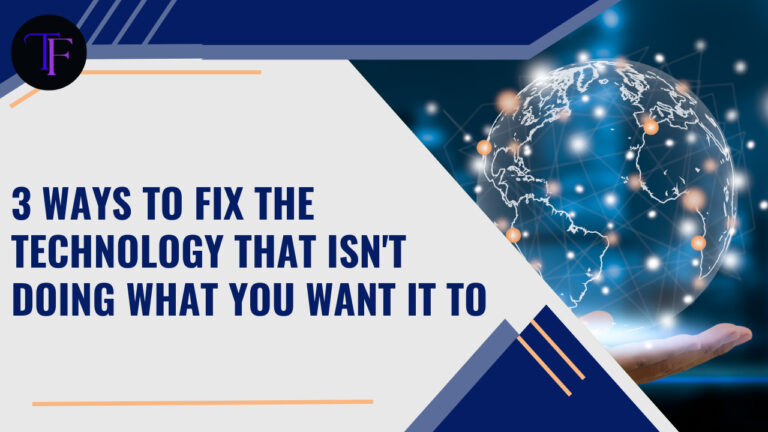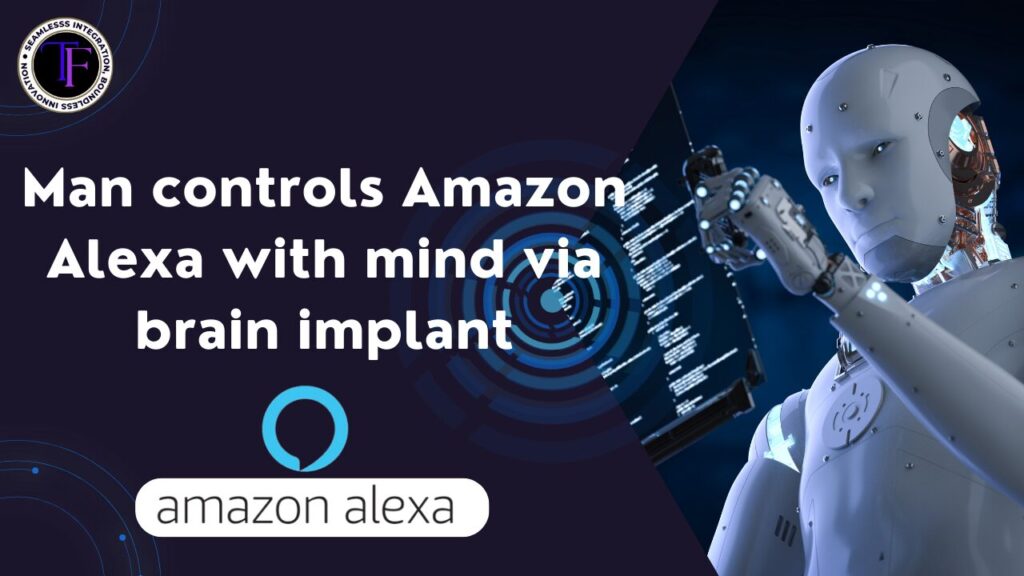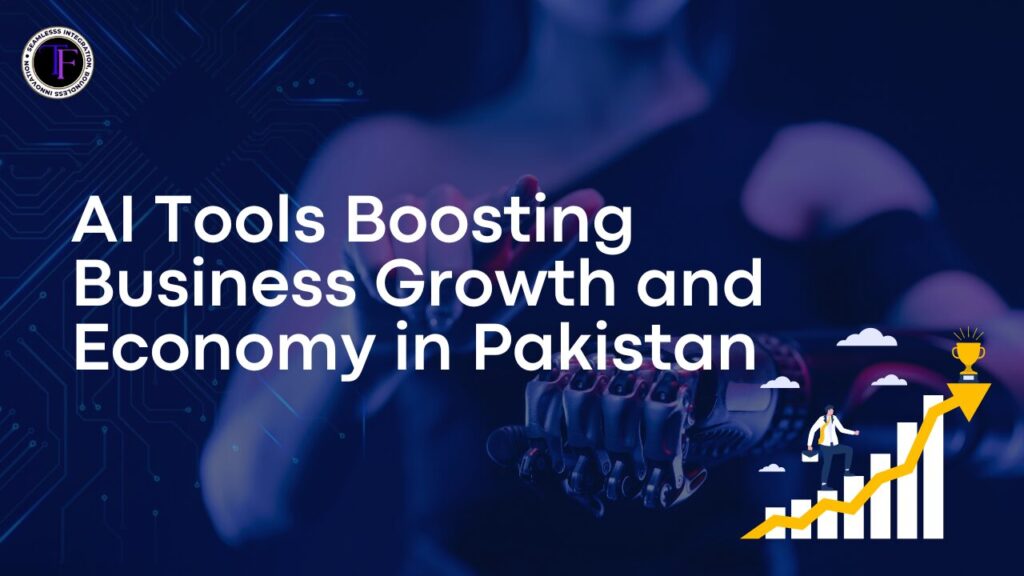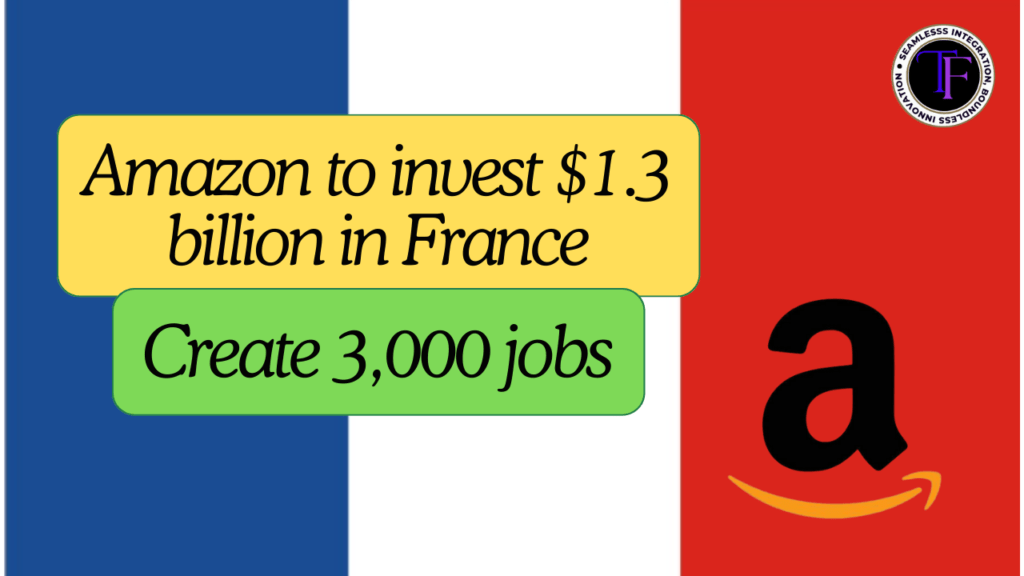Picture this: after months of development, your employer is finally ready to unveil its trendy mobile app enhancement—a series of new elements that are all but guaranteed to take your purchaser trip to the subsequent level of technology.
Among the list of interesting new improvements: are an AI-driven chatbot and a stay chat option. The bot guarantees to successfully reply to purchaser questions and dramatically minimize name wait times, while the live chat will permit customers to interact with a human being, in cases where they may have extra complex questions or require greater personalized answers.
Given how long customers have been sitting on preserve lately—and how pissed off they’ve reportedly been with your patron provider offerings—these two elements promise to be a huge step up.
The sole problem? Weeks after launching, few clients are taking gain of the new features.
After some digging, you discover that most users’ experience the bot isn’t all that helpful. And when they try to join to a live human being via the chat, they often have to wait hours for a one-off answer, with no opportunity to ask follow-up questions.
MORE FOR YOU
- Apple Leaks Detail All New iPhone 15 iPhone 15 Pro Design Changes
- New Apple Leak Reveals iPhone 15 Release Surprise
- Forget The New MacBook Pro Apple Has Something Much Better
- So how did it get to this point?
There are probably lots of motives why this hypothetical company—and this precise app—could be having challenges. But if I have been to troubleshoot the issue, I’d start with three of the three frequent sources:
1. Organizational Misalignment
Every new piece of science has to be built around a strong, clear strategy—one that makes a factor of defining a project’s favored enterprise outcomes. To do this, it’s integral to have the right group in place.
Because most pieces of science contact on many exceptional components of an organization, the group responsible for growing and executing that method be multi-functional—you desire a range of perspectives to weigh in on the purpose of the technological know-how (e.g., consumer service, marketing, operations, and IT).
Once it’s assembled, this group will need to determine which problem wishes to be addressed via a new piece of technology, and what a preferred enterprise result looks like. For instance, if an app is considered to be outdated compared to others in the market, should future enhancements center of attention on driving more sales or enhancing the consumer experience?
If a team isn’t multi-functional, or if it can’t agree on which commercial enterprise opportunities or objectives the new technology ought to prioritize, the technology might also cease up lacking the mark. That is, you might also give up on a sequence of luxurious purchaser service enhancements that don’t honestly enhance the consumer experience.
2. Tech Stack Incompatibility
Sometimes a digital innovation’s failure stems from technical issues. For instance, if a manufacturer has historically interacted with clients via its website, but now wants to shift these interactions to a mobile app, they must make sure the app ride is a seamless one.
For that to happen, however, brands want to make certain the app isn’t a standalone entity but, rather, connected to that website thru a centralized system. The two need to be capable to discuss to each other—and they have to be capable of cohesively controlling and combining consumer records to finally create a better personal trip in the future.
When this doesn’t happen, customers may also locate the app is glitchy, provide a specific experience, is hard to navigate, or simply now not really worth their time. Whatever the reason, they’ll possibly end up sticking with what they know: the website (or, in the instance above, the phone).
3. Lack Of Internal Systems And Processes
For a customer-facing digital innovation to feature well, you want to make certain inside systems and tactics are strolling smoothly. If an app touches on quite a number of exclusive departments—say, purchaser service, IT, and sales—there wants to be a clear diagram in the vicinity explaining which department is accountable for what.
Not only do people on the relevant groups require fantastic training and support, but the organizational structure wants to be aligned across the board. If a consumer opts to chat with a live representative, for example, there have to be sufficient customer representatives available to make that option convenient. The Customer representatives want to have the information and assets integral to answer a customer’s questions—and have a procedure to observe if they can’t find solutions via ordinary means.
Without making certain the customer-facing and inside tactics are functioning well, you run the danger of imparting a sub-optimal consumer journey which, in turn, can lead to low engagement and reputational damage.
Start With The End Of Mind
A sturdy foundation and a holistic view can help you avoid these innovation missteps. To construct one, it’s necessary to start with the assignment the technology is supposed to solve—or the stop result you’d like to see.
From there, it’s, in reality, a remembering of identifying the proper science to address the issue and organizing a cohesive format to make certain this technology works with your existing tech stack and your inner crew is effectively prepared for the changes.











